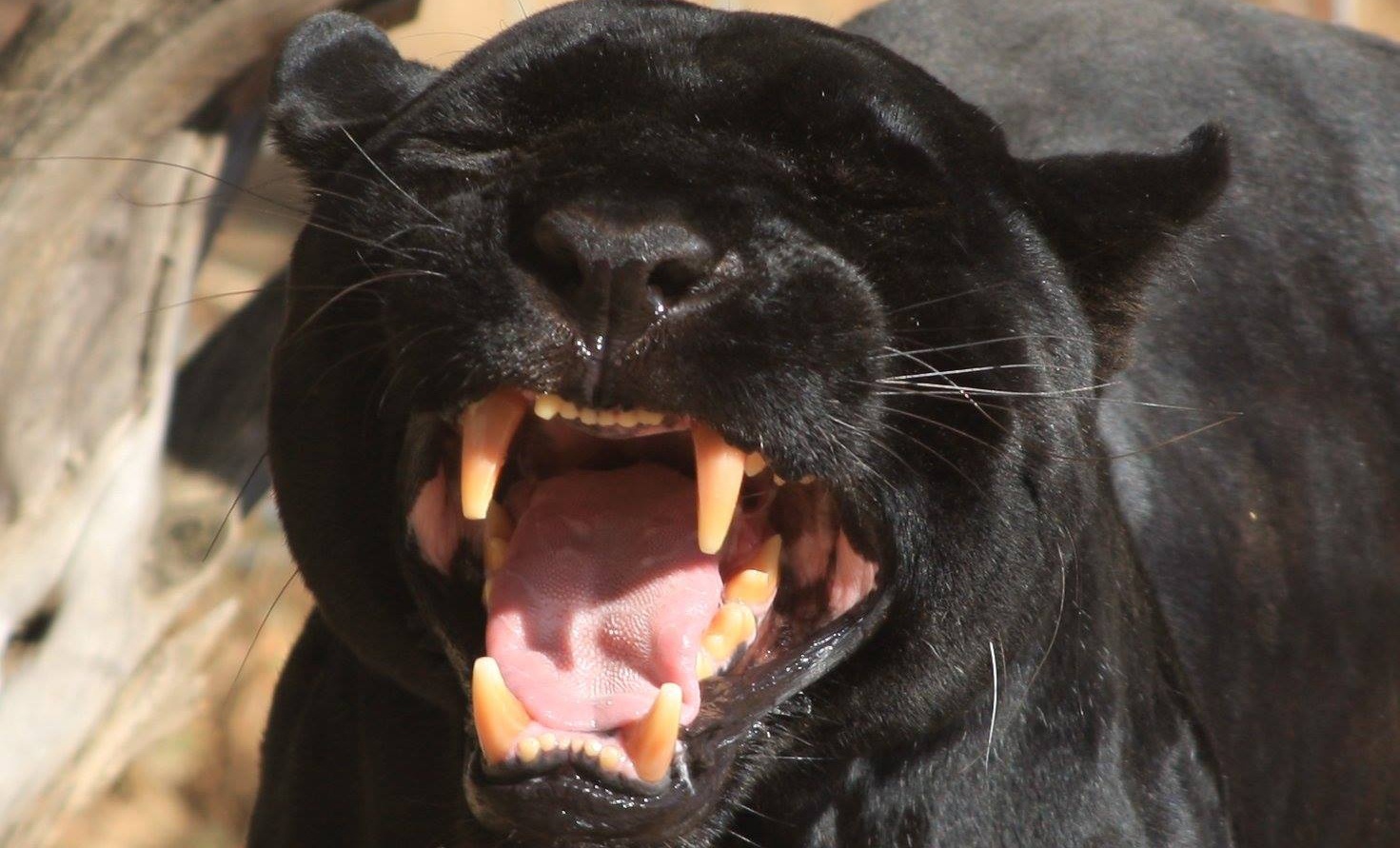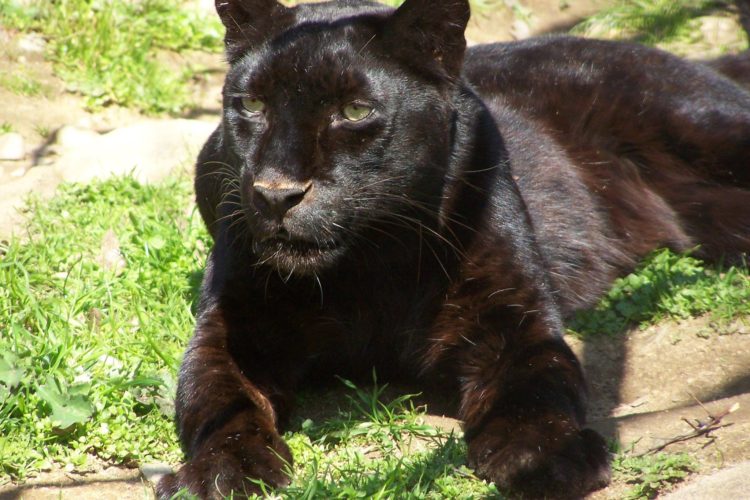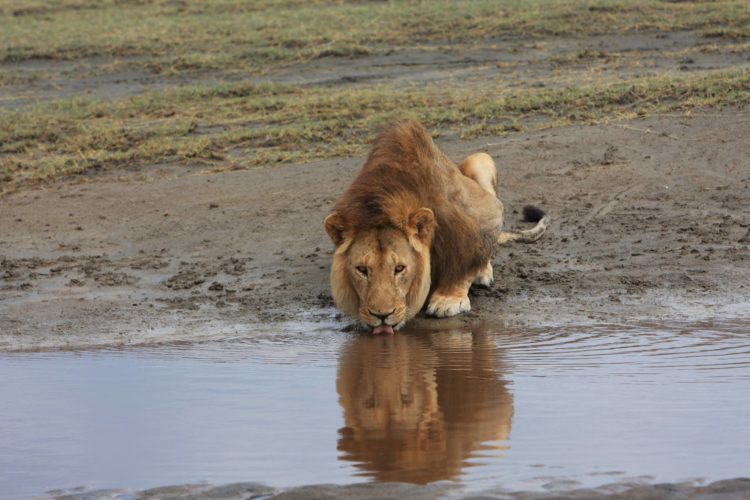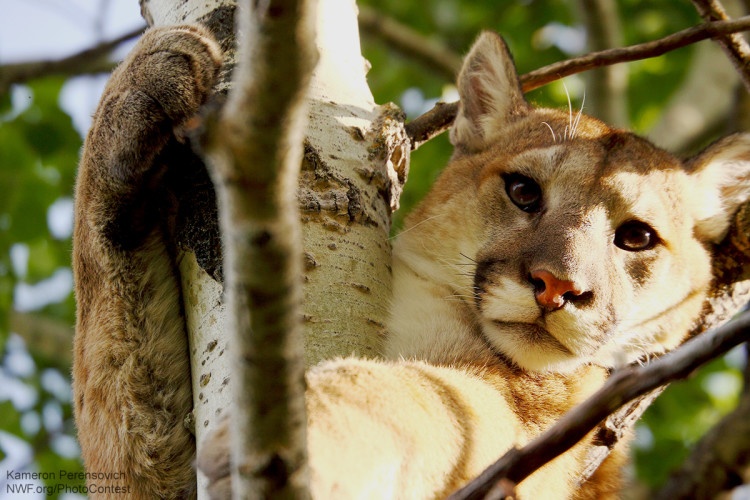We have much more to do and your continued support is needed now more than ever.
Are There Really Black Panthers?

From sports teams to comic book heroes, the names of the world’s most revered wildlife are often adopted to convey a fighting or regal spirit. One need look no further than the box office hit, Black Panther. Since its release, Marvel and Walt Disney’s superhero film has become a pop culture phenomenon. As of the end of March, the movie had racked in $605.4 million domestically and $1.1 billion worldwide, which makes it the seventh-highest grossing domestic film to date – and still counting! Inspired by one of the first comic books to feature a superhero of African descent, the film has been celebrated as diversifying the representation of who can be a hero.
After watching the film, I became curious about how much people really know about black panthers and other big cats. I took my questions to 35 students from Atlanta’s Frederick Douglass High School Earth Tomorrow club to find out.
I started off with a trick question, “Where would you find a black panther?” One student didn’t fall for it though. She immediately asked, “Well, do they even exist?”
Here’s a list of my favorite 8 panther & big cat facts:
1. “Black panthers” aren’t a real species.
Panthera is actually the name of a genus based on skull features that is comprised of contemporary species like jaguars, leopards, and even lions and tigers and b– oh, no bears. (Bears are in a different genus!)
2. For that reason, species are often misidentified as “black panthers.”
If you run across what you think may be a black panther, it’s more than likely a melanistic leopard or jaguar. Melanistic refers to an increased amount of dark pigmentation in skin or fur.

3. Only the jaguar, leopard, lion and tiger have the ability to ROAR!
According to BBC Wildlife’s Stephen Mills, “In these species, the epihyal bone, part of the voice box, is replaced by a ligament. This can be stretched, creating a larger sound-producing passage and thus a wider range of pitch. The more the ligament extends, the lower the sound generated when air passes across the vocal cords. In addition, the cords are large, unbroken and fleshy, which produce deeper sounds.”

4. “Panther” is also sometimes used informally to refer to a mountain lion (or cougar or puma—it gets confusing, we know).
But remember only jaguar, leopard, lion and tiger species have the ability to roar! Mountain lions actually belong to the Puma genus and are known not only for their whisper and chirping noises, but also for the gut-wrenching “scream” they can produce.
5. One Puma species you may see in the U.S. is the mountain lion.
The mountain lion is the largest cat in the borders of the United States and it roams mostly across the western states. The mountain lion is largely extinct in the east, except in Florida.

6. Speaking of Florida, the Florida Panther is actually a subspecies of the mountain lion or cougar.
(I know, a flowchart would come in handy right now).

7. The melanistic color of the Panthera species only happens about 5 percent of the time.
This means that only 5 percent of Panthera species have darker pigmentation and, to the average viewer, appear to be a “black panther.”

8. Leopards and lions are not endangered, but are listed as “vulnerable,” according to International Union for Conservation of Nature. Jaguars, however, are listed as near threatened and tigers are endangered.
Again, only four species are classified Panthera (leopard, jaguar, lions and tigers). When we hear folks talking about seeing panthers in the United States, we know they’re really talking about mountain lions.
No, we haven’t found a black mountain lion in North America. But, according to zoologist and science writer Dr. Karl Shuker, the Yana Puma (Black Puma) exists in neighboring South and Central America historical records. There you have it!
Protecting America’s Big Cats and Their Habitat
National Wildlife Federation has a long legacy of protecting big cats, from helping to prevent the Florida panther from going extinct in the Everglades, to working to save the isolated population of mountain lions in Los Angeles, including the world famous cougar, P-22, who lives under the Hollywood sign, with our #SaveLACougars campaign. Seems like we all can play the hero when it comes to protecting panthers!
Like what you read? Please consider making a donation to support our programs like protecting the Everglades and the #SaveLACougars campaign, and other critical conservation work:





















